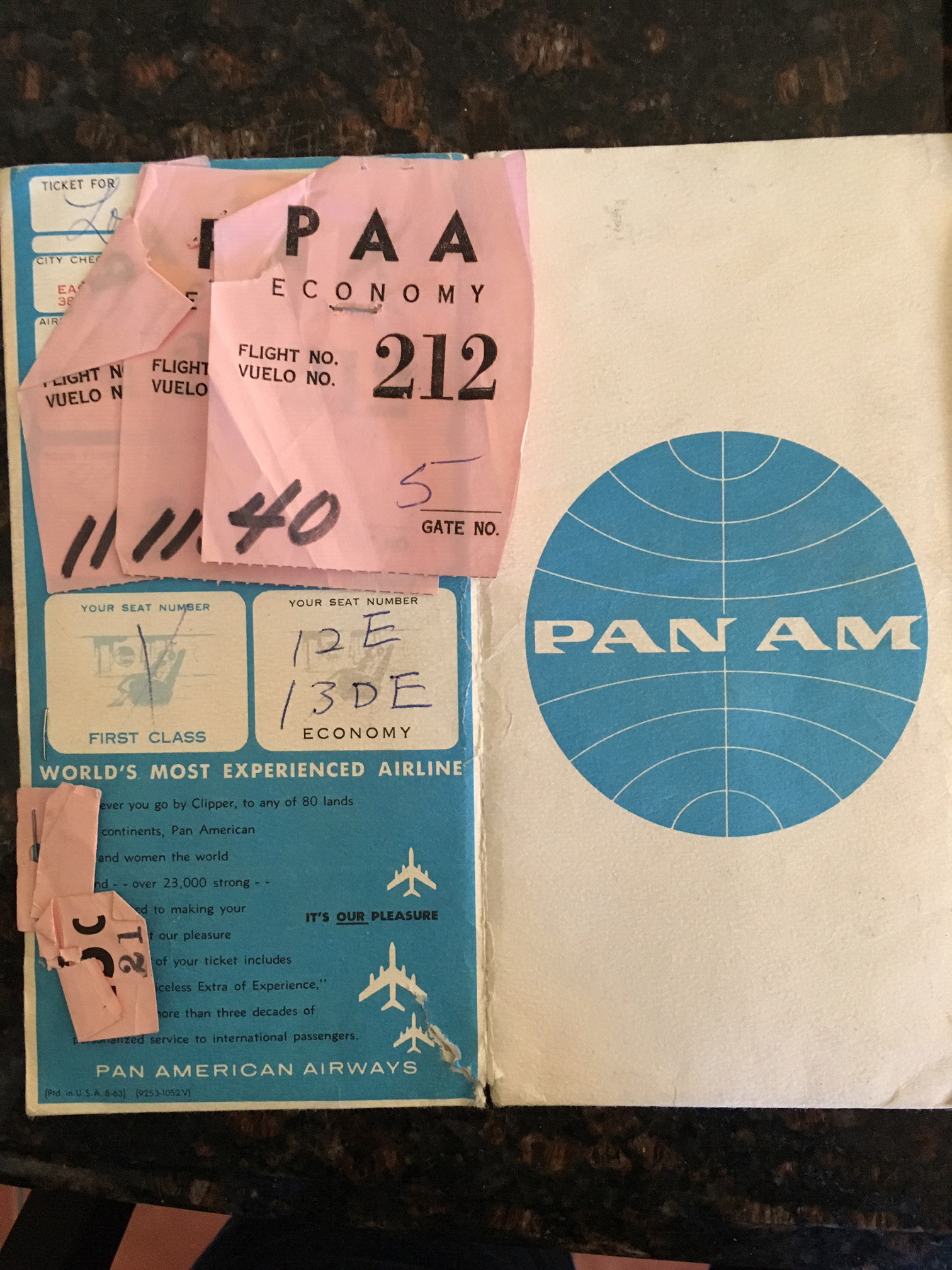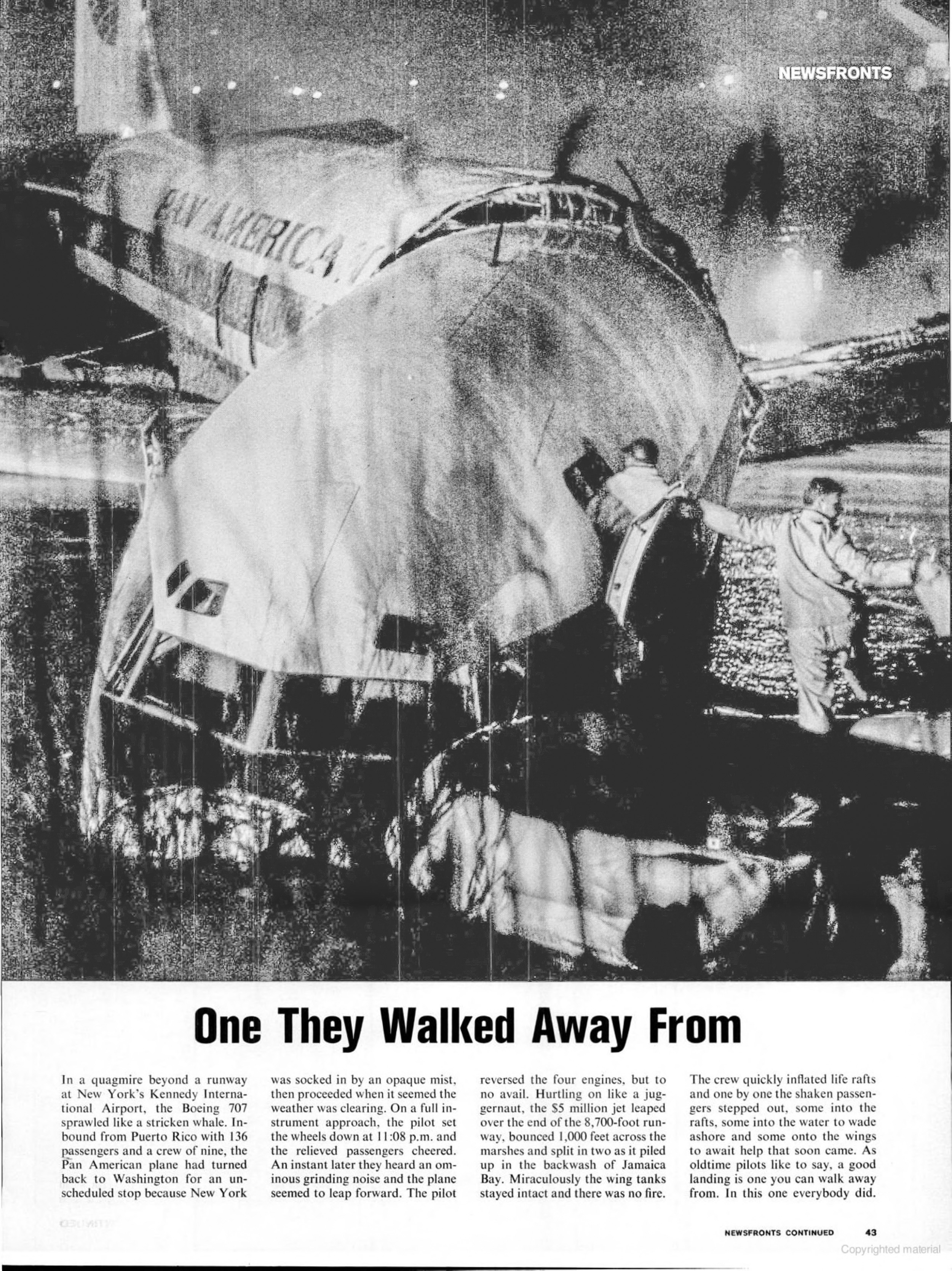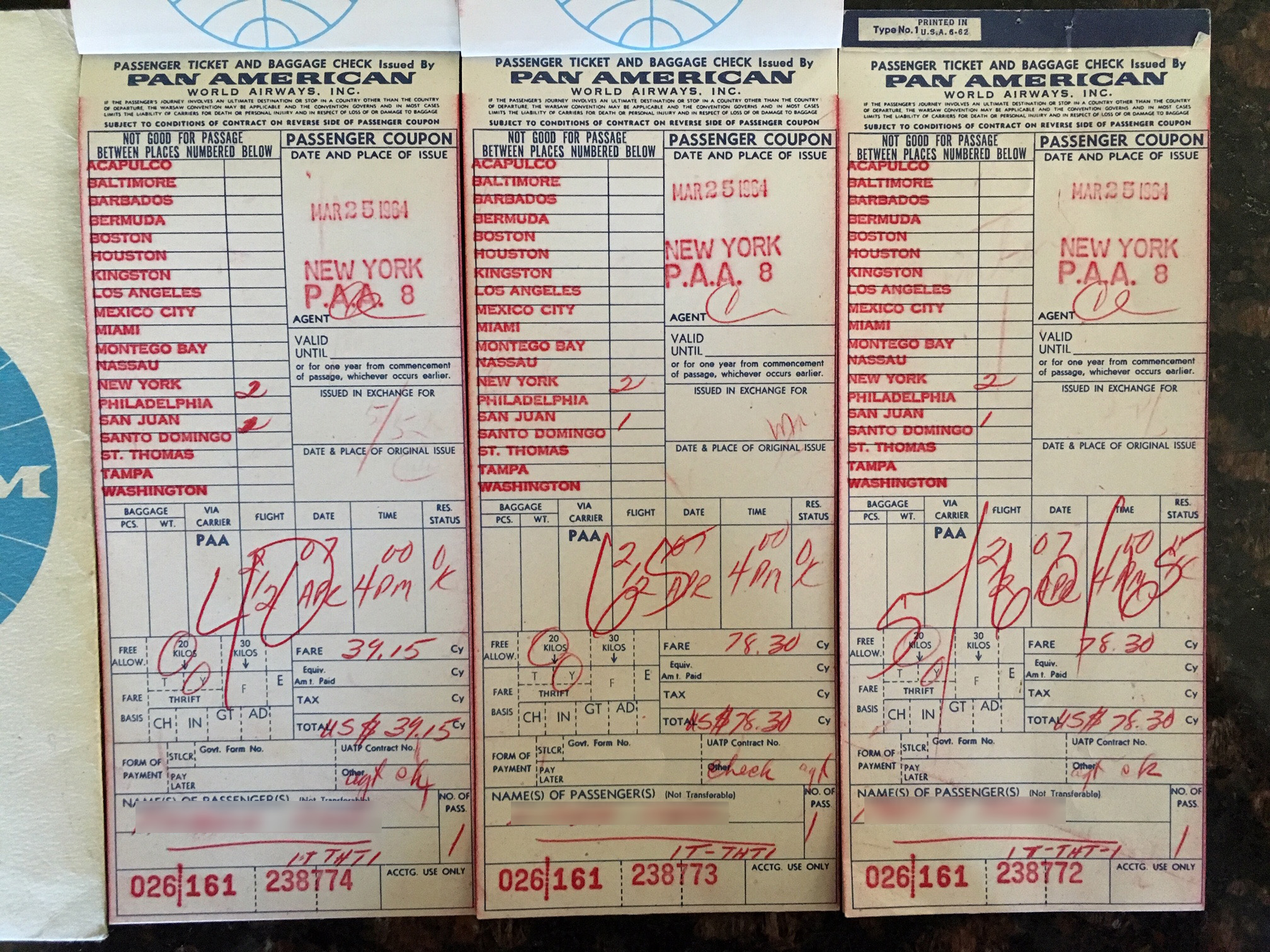Taken in isolation, this accident is simply the case of a captain's poor decision making and instrument flying skills. But there is much more to it than that. This was another incident in a series of 13, 11 of which pointed to a problem with the Crew Resource Management culture at Pan American World Airways at the time. They were able to reverse this culture and became one of the safest airlines in the world.
— James Albright
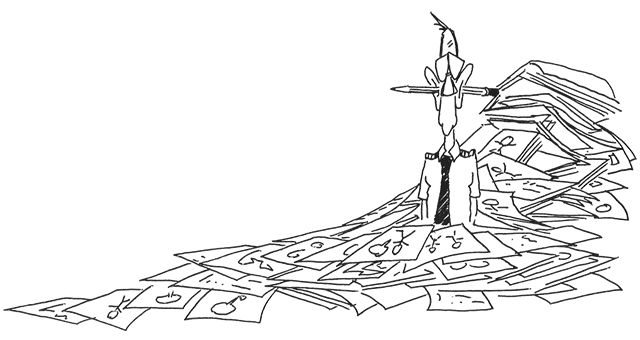
Updated:
2018-02-15
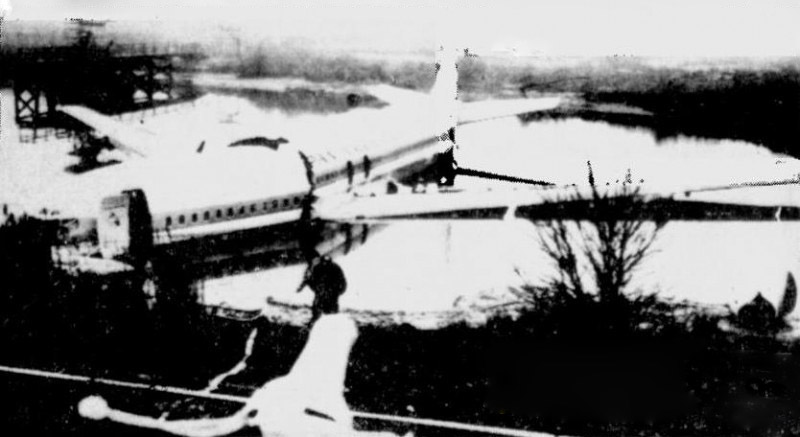
Boeing 707 N779PA, 7 April 1964,
from www.baaa-acro.com
The weather was just above minimums, the runway was wet, and half of the aircraft's tires were smooth. But the previous aircraft landed without problem and engineering data shows this airplane should have been okay too. But the captain made a very poor decision to go off instruments to stay above a shallow fog bank, taking him above the desired glide path. He then made a smooth landing, apparently almost halfway down the runway.
So the captain blew it. What else, you ask? Well, what about the first officer? He appeared to realize what was going on during the approach, and yet he didn't say anything when the captain took the airplane above the glide path, off instruments and on to a visual approach.
But there is yet another aspect to this accident that is even more important. The captain behaved without regard to instrument procedure and the first officer was a passenger in the right seat. It was a part of the airline's culture. To learn more about this culture, see: Crew Resource Management. There are lessons that still apply today.
A passenger on this airplane wrote to me with yet another angle to this accident: A Passenger's Tale.
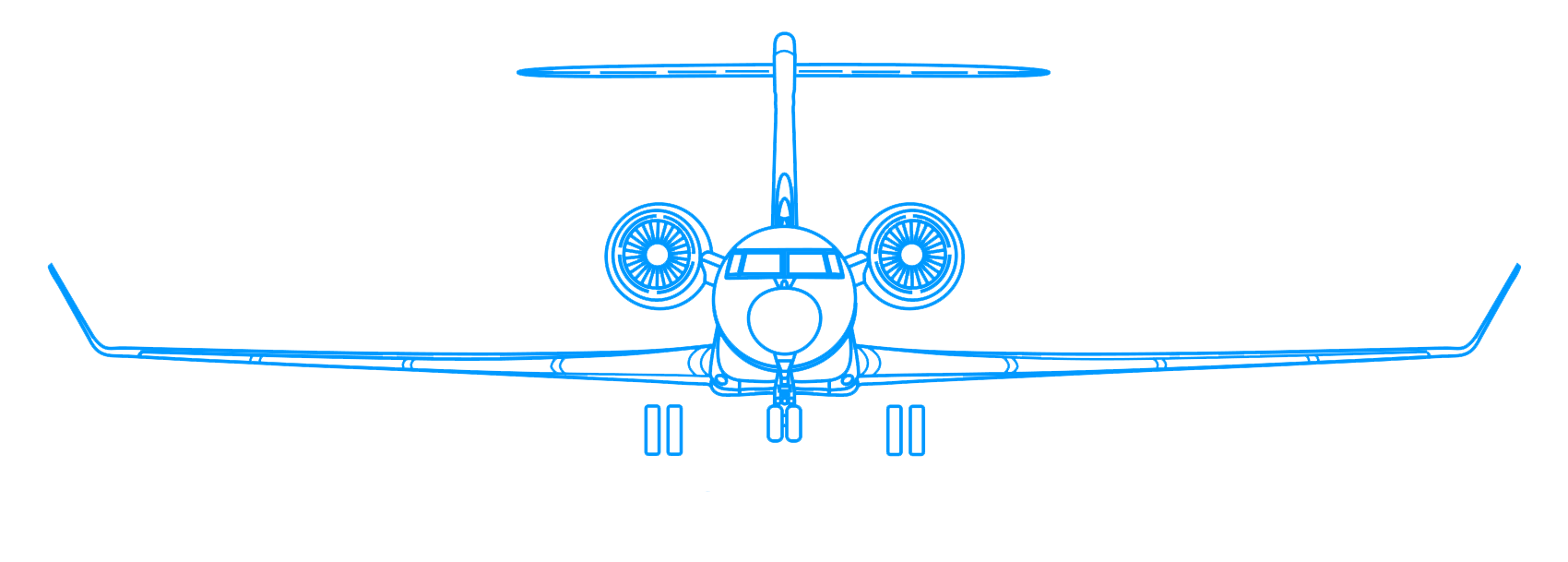
1
Accident report
- Date: 7 April 1964
- Time: 23:02
- Type: Boeing 707-139
- Operator: Pan American World Airways
- Registration: N779PA
- Fatalities: 0 of 9 crew, 0 of 136 passengers
- Aircraft fate: Damaged beyond repair
- Phase: Landing
- Airport (departure): San Juan-Isla Verde International Airport (TJSJ), Puerto Rico
- Airport (arrival): New York-John F. Kennedy International Airport, NY (KJFK), USA
2
Narrative
Many airports back then were at first making the transition from PAR to ILS approaches, using the PAR as a monitor, and then finally getting rid of the PAR altogether. It wasn't unusual to have a PAR monitor back then.
- At San Juan the flight crew received a weather briefing from U.S. Weather Bureau personnel which included the terminal forecasts issued by the U.S. Weather Bureau offices at JFK Airport, Boston, Detroit, and Washington, D. C., for a 24-hour period beginning at 1200. After making other preflight preparations, the same crew departed San Juan in N779PA at 1514 for JFK Airport operating as Pan American World Airways Flight 212 (PAA 212), The flight was conducted in accordance with an Instrument Flight Rules (IFR) clearance and was routine until arrival in the New York area. After descending and entering the holding pattern at the Colts Neck VOR at 1838, PAA 212 received the latest JFK weather which was below landing minimums. Consequently the flight proceeded to its alternate, Dulles International Airport and landed there at 1937.
- The flight remained on the ground at Dulles for approximately 2-1/2 hours. During this time the aircraft was serviced, additional weather information was obtained by the crew, and an instrument flight plan was filed to JFK Airport.
- PAA 212 departed Dulles Airport at 2221 with the same crew of 9 and 136 passengers.
- Prevailing visibility at the JFK Airport was less than three miles, therefore the Precision Approach Radar (PAR) Controller was monitoring all ILS approaches to runway 4R as prescribed by procedures.
- At 2301:10 the PAR controller advised, "Clipper two twelve, Kennedy radar on localizer one mile from outer marker course and glidepath OK." At 2301:40, PAA 212 reported passing the outer marker and the PAR controller advised, "Clipper two twelve two miles from touchdown." The local controller transmitted at 2301:45, "Clipper two one two, Kennedy Tower cleared to land four right, traffic will be clear in five seconds." PAR at 2302:10, advised, "Clipper two twelve, Kennedy radar, execute a missed approach if you do not have the runway in sight." Immediately following this transmission, PAA 212 acknowledged "Uh . . . Roger two one two." The next radio transmission was at 2303:10 when the local controller called the flight but was unable to establish radio contact.
Source: CAB Report, pp. 2 - 4
The "execute a missed approach if you do not have the runway in sight" is a highly unusual call from the PAR controller to an aircraft on an ILS approach. But, as we shall see, there was a reason the call was made.
- After touchdown the aircraft continued down and off the runway across the asphalt overrun and through a sandy area before coming to rest in the shallow water of Thurston Basin approximately 800 feet from the far end of runway 4R. When the aircraft came to rest the crew proceeded aft to assist the passengers. The main forward (left) cabin door was opened and the passengers in this section of the aircraft left through this door. The passengers in the aft section left through the overwing exits onto the wings; and others left through the two rear doors and got into two life rafts that had been launched. Evacuation of the aft section of the aircraft was completed in approximately five minutes. After seats and debris had been removed from the first-class compartment aisle, some of the persons who had been in the aft section of the aircraft reentered the aircraft and left through the main forward cabin door.
Source: CAB Report, pp. 2 - 4
- The PAR controller stated that PAA 212s approach was routine until approximately one mile from touchdown. At that point the aircraft appeared to level off or climb. Shortly thereafter the aircraft's radar target rapidly left the glide slope, and appeared outside the safety zone line above the glide slope. The PAR controller said he then transmitted an advisory to execute a missed approach if runway was not in sight. The target thereafter appeared to descend rapidly toward the touchdown point on the glide slope, remaining above the glide slope until it disappeared into the ground clutter surrounding the touchdown point on the runway.
- The local controller stated that no visual contact was established with PAA 212 during the approach or landing as no portion of runway 4R was visible from the tower cab due to low visib1l1ty in that direction. The traffic on the runway was being observed on the Airport Surface Detection Equipment radar (ASDE). Following observation of the DC-8 turn off at the far end of runway 4R, a fast moving target was observed on the runway briefly but disappeared at the far end.
- The captain of Flight 212 stated "At approximately the outer marker I glanced up and could observe the runway and the glow of the 'strobe' lights associated with the approach light system. It was apparent that the fog stopped at about the shoreline and also that the RVR of 6,000 plus was accurate for all practical purposes. I could see the entire runway. I elected to discontinue the approach on instruments and to continue visually. I leveled the aircraft so as to go over the fog bank overlying the approach light system. Shortly thereafter I called, for and received 50° flap. As we crossed the threshold I pushed the airplane down and squared away for the landing. The airplane went on smoothly and applied speed brakes immediately, reverse thrust, and brakes were applied after the spoilers were raised. Brakes were applied and were without effect. Power in reverse was increased to maximum available. Deceleration was not satisfactory, and the airplane continued down the runway. It became apparent that we would go off the end."
Source: CAB Report, pp. 4 - 5
On the day of this accident, the captain had nearly 15,000 hours of flight time. I don't see how it is possible to accumulate that much time, much of it with an all weather airline, and not intuitively understand the danger of going above glide path under these conditions. The flight manual numbers for this airplane often required 4,000 feet or more of runway to stop on a wet runway. Knowingly landing long on an 8,000 foot runway was crazy.
- The copilot stated . . . "As we passed through the 1,000-foot level I checked my instruments against the captain's; we were on course and glide slope and the airplane seemed to be set up properly for an instrument approach. I could see the runway and the glow of the condenser discharge lights. The approach altitude was maintained and instruments were scanned alternately with checks being made through the windshield to approximately the middle marker with the glide slope noted as riding higher and the captain so informed. As it was noted that we were getting increased deflection on the glide slope I looked over and to all appearances the captain had gone off instruments and was in process of completing the approach by visual reference. . . we touched down gently. . . ."
Source: CAB Report, pp. 4 - 5
It is hard to read between the lines to determine what the copilot meant by "the captain so informed." Reading through the available literature about life at Pan American Airways back then (see: CRM), criticizing a captain's flying performance could be grounds for dismissal. And therein lies the problem.
3
Analysis
The preponderance of evidence points to the captain over-estimating his ability to stop on the wet runway, given he thought it wiser to keep a visual on the runway once he had it and his effort for a smooth landing. He appears to have touched down 3,516 feet from the approach end, leaving only 4,884 feet to stop. This would have been enough had he begun braking immediately, but it appears he did not.
- The captain of the DC-8 that landed approximately one minute ahead of PAA 212 described his approach and landing in part as follows: "Below 300 feet, probably about 250 feet, we entered thin stratus and lost all forward visibility. At 200 feet on glidepath boundary and runway lights became visible . . . I had the impression we were landing down wind . . . braking was fair . . . foot thumpers were still warning of slippery surface . . . runway was wet."
Source: CAB Report, pp. 6 - 8
The antiskid on these Boeings back then were effective, but not smooth. You could feel them cycle in your feet, hence "foot thumpers."
- A weather observation taken by the U. S. Weather Bureau at 2254 (9 minutes prior to the accident) in part contained the following: 300 feet thin broken, measured 1,400 feet overcast, visibility 1-1/2 miles, fog, temperature 47°F, dew point 47°F, wind 210°, 4 knots, altimeter setting 29.72 inches, runway 31L RVR 2,000, runway 4R RVR 6,000. The next observation taken at 2314 (11 mint1tes after the accident) in part contained the following: 100 feet thin broken, measured 1,400 feet overcast, visibility 1-1/2 miles, fog, temperature 47°F, dew point 47°F, wind 230°, 6 knots, altimeter setting 29.73 inches, runway 4R RVR 2,600.
- Runway 4R at JFK Airport is 8,400 feet long and 150 feet wide.
- The initial touchdown of the aircraft could not be determined by visual examination of the runway surface. The first discernible marks that could be associated with PAA 212 were identified as those made by the left main landing gear (MLG) tire. These were whitish scrub marks and began at a point 7,600 feet from the approach end of runway 4R and continued to a point on the asphalt overrun 14 feet beyond the end of the runway.
- The aircraft brake system, including the anti-skid device, was examined and functional tests were conducted on the components. This examination disclosed no evidence that would have precluded normal brake operation prior to impact with, and submersion in, the salt water of Thurston Basin.
Source: CAB Report, pp. 6 - 8
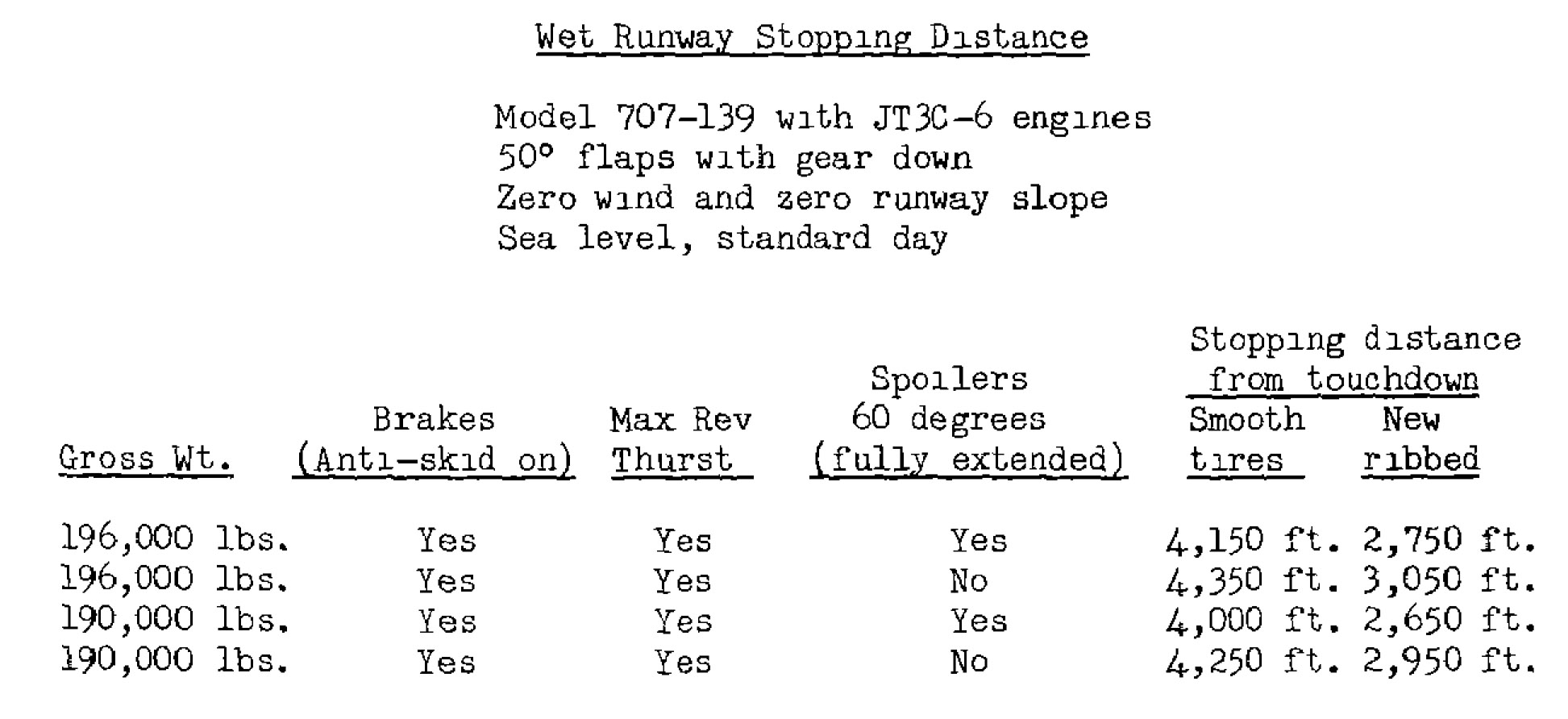
Pan Am 212 stopping distance, from CAB Report, p. 7.
- The wet runway surface afforded fair to poor braking at best as attested to by the crew of PAA 212, the captain of the DC-8 that landed ahead of PAA 212, and examination of the whitish scrub marks left by the MLG tires of N779PA. The lack of nose gear tire marks, coupled with the whitish scrub marks made by the left and right MLG tires, shows that there was some braking effect although poor.
- For all practical purposes the tires on the right MLG were smooth as opposed to relatively new, ribbed tires on the left MLG. The rear tires of tandem installations produce most of the braking on wet runways. Where directional control was maintained as the aircraft proceeded down the runway, braking efficiency would have been limited by the effectiveness of the right MLG tires. The new ribbed tires on the left MLG probably accounted for the swerve to the left near the end of the runway as these tires would brake more effectively than the right tires as the aircraft slowed.
- Although the captain stated that he extended the speed brake (spoilers) after touchdown, and in all probability believed that he did, the physical evidence showed that the spoilers were retracted at the time of impact with the water.
- The captain stated "As we crossed the threshold I pushed the airplane down. . ." An analysis of the flight recorder readout shows this pushover occurred at an altitude of 400 feet and 12 seconds prior to touchdown. Using the average airspeed from threshold to touchdown of 169 knots and adding a 5 knot tailwind, the aircraft was making a ground speed of 174 knots for the 12 seconds prior to touchdown. At this speed, and for this length of time, computations show that this aircraft would have touched down about 3,516 feet from the threshold, and would have left the surface of the runway at an indicated airspeed of approximately 82 knots.
- Boeing test data indicate that under conditions of wet runway at sea level zero wind, 196,000 pounds gross weight, anti-skid brakes on, attainment of maximum reverse thrust within 10 seconds after touchdown, spoilers retracted, smooth tires, and a touchdown speed of 142,2 knots IAS, 4,350 feet of runway is required to stop the aircraft.
Source: CAB Report, pp. 6 - 8
4
Cause
The board's stated probable cause appears accurate but is lacking one detail.
The Board determines that the probable cause of this accident was the captain's deviation from the glide slope during an ILS approach resulting in a touchdown on the runway at a point and speed which precluded stopping the aircraft on the remaining runway.
Source: CAB Report, p. 10
5
Postscript
A Passenger's Tale
You can't always get everything from an accident report, sometimes there is nothing like an eye witness accounting. The report doesn't mention a blood alcohol test for any of the crew, as would have been normal many years later. The report cut the captain an amount of slack for a procedural error (not getting the speed brakes) but did pin the final blame on his decision to deviate from glide slope. I wonder whatever happened to him after this crash.
Hi James,
Thank you for your case study of N779PA. I was on this flight as a 10 year old, it is still seared into my memory.
In your study you wrote "Taken in isolation, this accident is simply the case of a captain's poor decision making and instrument flying skills. But there is much more to it than that... I don't see how it is possible to accumulate that much time, much of it with an all weather airline, and not intuitively understand the danger of going above glide path under these conditions."
You are right there was more to it than that. "The flight remained on the ground at Dulles for approximately 2-1/2 hours. During this time the aircraft was serviced, additional weather information was obtained by the crew, and an instrument flight plan was filed to JFK Airport." During that 2-1/2 hour layover at Dulles the pilot was drinking what appeared to be scotch on the rocks in the bar. Both my mother, sister and I were there, as my mother was also drinking. She talked about it for years.
We lived in Forest Hills and frequently went to Long Beach and Jones Beach. At the time, sighting the new jets was exciting and we became very familiar with the flight paths. As we were descending, looking out at the shore lights, my mother said were were too high.
After the crash landing there was silence, no screaming, crying, etc. We were ushered out of the cabin onto the wing. The smell of kerosene floating on the water was intense. Across the water/mud on the shore newspaper reporters/photographers and onlookers were gathering but initially no police, fire or ambulances. We could see people lighting up cigarettes (everyone smoked back then). The passengers, huddled on the wing and afraid of fire, started screaming to those on the shore not to smoke.
After authorities arrived on scene, we are shuttled back into the cabin toward the first class compartment (which was where the fuselage cracked like an egg), over askew seats and out into the chest-high water/mud. A gentleman carried my sister over the mud. In a non-NYT newspaper article (there were many NYC newspapers at the time) the man was incorrectly identified as my sister's husband.
Once on shore, the passengers were herded into waiting paddy-wagons for the ride back to the Pan Am terminal. I do not know what happened to those who may have been non-ambulatory. Once at the terminal, we were placed in a roped-off area and given blankets, slippers and refreshments. We waited there at least 4 hours while being questioned.
My mother, not known for her lack of vanity, attacked a photographer and broke his camera after he took her picture.
My sister and I were fine, my mother went into "shock", lost her hair and became "nervous". I still have the blue and white plastic Pan Am carry bag from the flight. We were allowed to retrieve our broken and muddy luggage about 6 months later. Also months later, Pan Am gave us each $500 in exchange for a doctor's letter and signing a release. Seven years later I used the funds to buy my first car.
I've attached a few photos you might like.
References
(Source material)
Civil Aeronautics Board (CAB) Aircraft Accident Report, Pan American World Airways Boeing 707-139, N779PA, John F. Kennedy International Airport, Jamaica, New York, April 7, 1964
Gandt, Robert, Skygods: The Fall of Pan Am, 2012, Wm. Morrow Company, Inc., New York
